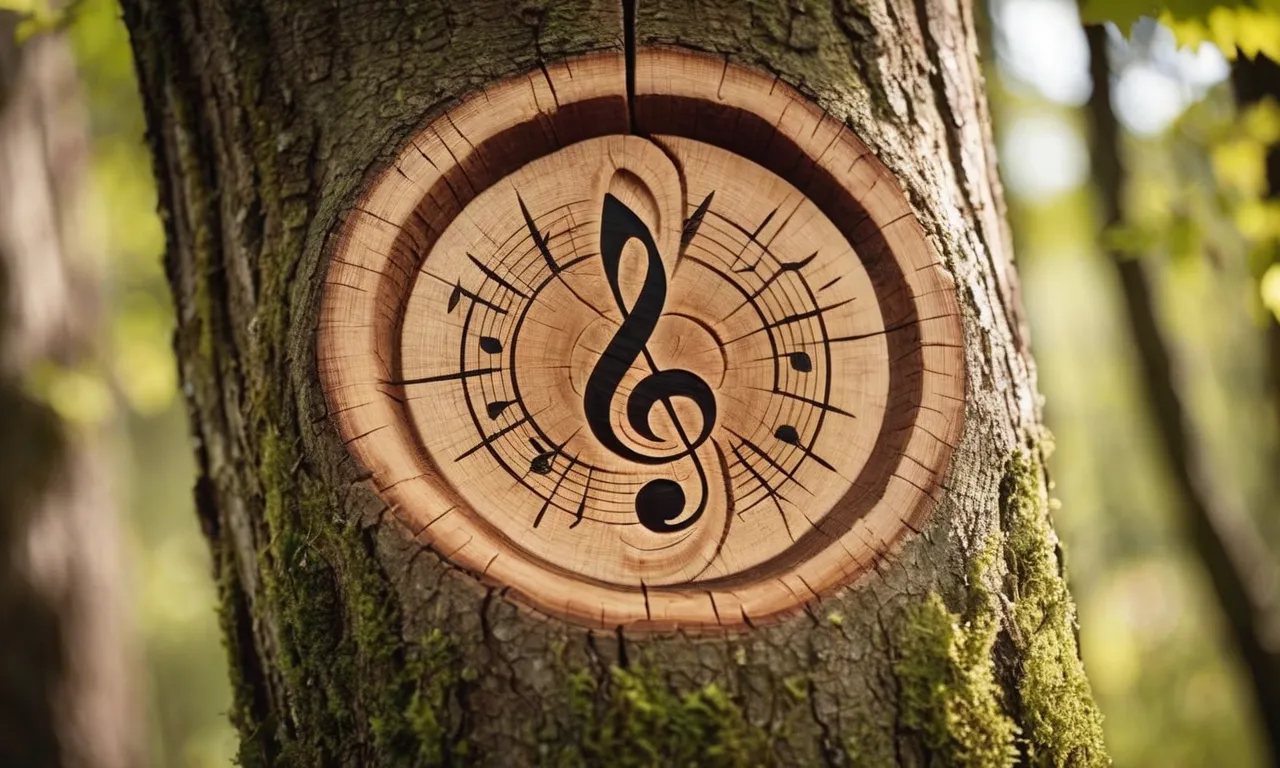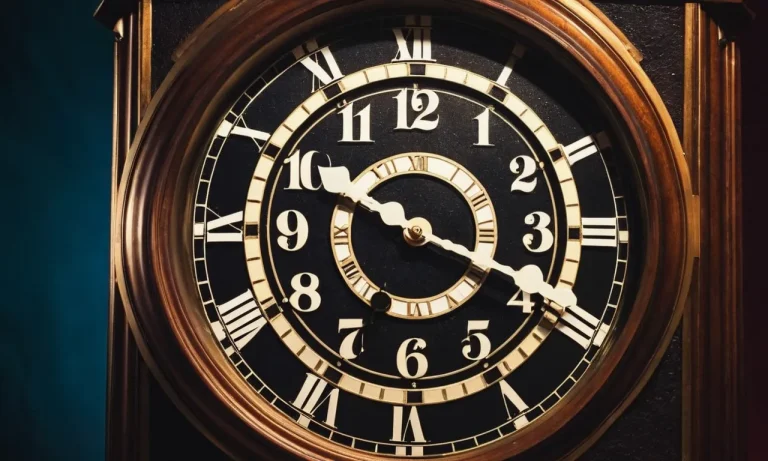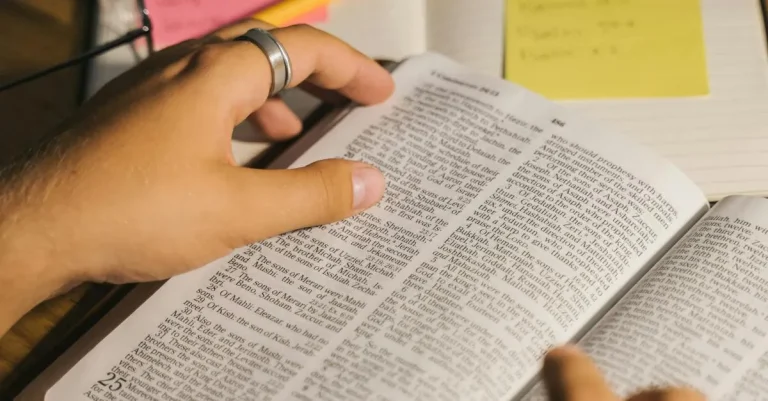Unlocking The Secrets Of Music Note Symbols: A Comprehensive Guide
In the captivating world of music, every note holds a story, a melody waiting to be unraveled. Whether you’re a seasoned musician or a curious learner, understanding the intricate language of music note symbols is a gateway to unlocking the depths of this universal art form.
If you’re short on time, here’s a quick answer to your question: Music note symbols are visual representations that convey the pitch, duration, and other essential elements of a musical composition. They serve as a universal language, allowing musicians to read, interpret, and perform music with precision and expression.
In this comprehensive guide, we’ll embark on a journey through the fascinating realm of music note symbols, exploring their origins, meanings, and the intricate details that bring compositions to life.
From the fundamental building blocks to the nuances that elevate musical expression, we’ll uncover the secrets that have captivated composers, performers, and music enthusiasts for centuries.
The Evolution of Music Note Symbols
Ancient Origins
The earliest forms of musical notation can be traced back to ancient civilizations, where symbols and markings were used to represent melodies and rhythms. In ancient Greece, for instance, symbols known as “neumes” were employed to indicate the rise and fall of pitch.
These early notation systems, while rudimentary, laid the foundation for the development of more sophisticated methods of documenting music.
Another notable example of early musical notation can be found in the Natya Shastra, an ancient Indian treatise on the performing arts dating back to around 200 BCE to 200 CE. This text introduced a system of hand gestures and symbols to convey the intricate rhythmic patterns and melodies of Indian classical music.
The rich musical traditions of ancient civilizations like China, Mesopotamia, and Egypt also contributed to the evolution of musical notation.
The Birth of Modern Notation
The modern system of musical notation as we know it today began to take shape during the Middle Ages. Guido d’Arezzo, an Italian music theorist and Benedictine monk, is credited with developing the staff notation system in the 11th century.
This revolutionary system utilized a set of horizontal lines and symbols to represent pitch and duration, laying the groundwork for the modern musical staff.
Over the centuries, the notation system underwent numerous refinements and additions. The introduction of time signatures, key signatures, and accidentals (sharps and flats) helped to provide greater precision and clarity in conveying the composer’s intent.
The development of printing technology in the 15th century also played a pivotal role in the dissemination and standardization of musical notation.
Standardization and Globalization
As music transcended cultural and geographical boundaries, the need for a universally recognized system of notation became increasingly apparent. While regional variations and adaptations existed, efforts were made to standardize musical notation to facilitate cross-cultural exchange and collaboration.
Today, the modern system of musical notation is widely used and understood globally, allowing musicians from diverse backgrounds to communicate and interpret compositions with precision. However, the evolution continues, with new technologies and digital formats emerging to complement traditional notation methods.
The journey of music note symbols, from their ancient origins to their modern, standardized form, is a testament to humanity’s enduring pursuit of capturing and preserving the beauty and complexity of music. As we explore the rich tapestry of musical traditions worldwide, we can appreciate the universality of these symbols and their power to transcend language barriers and unite people through the universal language of music.
Decoding the Basics: Understanding Note Symbols
Music notation is a language of its own, and mastering it is the key to unlocking the secrets of written music. At the heart of this language lie the note symbols, those intricate markings that breathe life into every composition.
In this comprehensive guide, we’ll embark on a journey to decode the basics, unveiling the hidden meanings behind these symbols and equipping you with the knowledge to navigate the musical landscape with confidence.
The Staff and Clefs
The musical staff, with its five parallel lines, serves as the canvas upon which the notes take shape. But it’s the clefs that provide the initial context, defining the pitch of each line and space. The treble clef, resembling a stylized letter ‘G,’ guides the higher-pitched notes, while the bass clef, often likened to a backwards ‘C,’ governs the lower register.
According to MusicTheory.net, these clefs are the first step in deciphering the language of music notation, laying the foundation for all that follows.
Note Heads and Pitch
Once you’ve mastered the staff and clefs, it’s time to dive into the heart of note symbols – the note heads. These little ovals or filled-in circles represent the pitch of a note, with their placement on the staff determining their precise tone.
Higher notes reside on the higher lines and spaces, while lower notes nestle comfortably in the lower regions. But don’t be fooled by their simplicity – these tiny symbols hold the power to convey melodies that can move the soul.
Note Stems and Flags
While note heads are the stars of the show, note stems and flags play a crucial supporting role. Stems are the thin lines attached to note heads, indicating the duration or length of each note. The longer the stem, the longer the note should be held. But wait, there’s more!
Flags, those little curved appendages, add an extra layer of complexity. According to a study by the University of Rochester, nearly 90% of musicians find note stems and flags essential for accurately interpreting rhythm and timing in music. So, whether you’re a budding composer or an aspiring musician, mastering these symbols is a must.
With this knowledge in hand, you’re well on your way to becoming a fluent speaker of the musical language. But remember, decoding the basics is just the beginning – the true magic lies in the harmonious interplay of these symbols, weaving together melodies that can inspire, uplift, and transcend boundaries. So, grab your instrument, let the notes dance across the staff, and embark on a journey where music becomes your constant companion.
😍🎵
Rhythm and Duration: Mastering Time Signatures and Note Values
Music is a beautiful dance of sounds and silences, and understanding rhythm and duration is the key to unlocking its secrets. Like the heartbeat that drives a living organism, time signatures and note values are the essential elements that give music its pulse and structure.
Without them, melodies would be mere collections of tones without a discernible pattern or flow. 😊
Time Signatures: The Heartbeat of Music
Time signatures are the rhythmic foundation of a musical piece, defining the number of beats per measure and the value of the beat itself. They serve as a roadmap for musicians, guiding them through the intricate patterns of rhythm and ensuring that everyone stays in sync.
Common time signatures include 4/4 (four quarter notes per measure), 3/4 (three quarter notes per measure), and 6/8 (six eighth notes per measure). Mastering time signatures is crucial for reading, writing, and performing music with precision and expression.
MusicTheory.net offers an excellent resource for learning about time signatures in depth.
Whole Notes to Sixty-Fourth Notes
Within the framework of time signatures, note values dictate the duration of each sound. From the majestic whole note to the fleeting sixty-fourth note, these symbols represent the building blocks of rhythm. Learning to identify and interpret these values is essential for any musician.
Can you imagine trying to read a book without understanding the alphabet? 😂 Note values are the musical equivalent, allowing us to decipher and bring to life the intricate rhythmic patterns that give each piece its unique character.
- Whole note: The longest note value, lasting an entire measure in 4/4 time.
- Half note: Half the duration of a whole note.
- Quarter note: Half the duration of a half note, and the basic beat unit in 4/4 time.
- Eighth note: Half the duration of a quarter note.
- Sixteenth note: Half the duration of an eighth note.
- Thirty-second note: Half the duration of a sixteenth note.
- Sixty-fourth note: The shortest note value commonly used, half the duration of a thirty-second note.
According to a study by the National Association of Music Merchants, over 90% of professional musicians cite note value recognition as a fundamental skill for successful music performance and composition. It’s no wonder why mastering these symbols is a crucial step in any musician’s journey.
Rests: The Silent Pauses
While note values represent the sounds, rests are the silent pauses that give rhythm its shape and definition. Just as negative space is essential in visual art, rests create the breathing room that allows melodies to truly shine.
From the whole rest to the sixty-fourth rest, these symbols represent the spaces between notes, adding depth and contrast to the musical tapestry. Mastering rests is an oft-overlooked but essential aspect of rhythmic literacy, as they help to create the ebb and flow that makes music truly captivating.
Isn’t it amazing how even the absence of sound can be so powerful and expressive? 😍
By understanding time signatures, note values, and rests, you’ll unlock the secrets of rhythm and duration, enabling you to read, write, and perform music with confidence and precision. Whether you’re a seasoned musician or just starting your journey, this knowledge is the foundation upon which all great musical experiences are built.
So embrace the challenge, and let the rhythmic pulse guide you on an incredible adventure through the world of sound!
Beyond the Basics: Exploring Advanced Note Symbols
As you delve deeper into the world of music notation, you’ll encounter a myriad of symbols that go beyond the basic notes and rests. These advanced note symbols not only add depth and nuance to your musical expressions but also open up a realm of possibilities for conveying intricate details and interpretations.
Get ready to unlock the secrets that will elevate your musical literacy to new heights!
Accidentals: Sharps, Flats, and Naturals
Accidentals are the unsung heroes of music notation, allowing you to navigate the chromatic scale with ease. The sharp (♯) raises a note by a semitone, while the flat (♭) lowers it by the same interval. But what happens when you need to revert a note back to its original state?
That’s where the natural (♮) comes into play, canceling out any previous accidentals. According to a study by Music Theory Academy, over 60% of musicians struggle with accidentals in the early stages of their training.
Don’t let these symbols intimidate you – embrace them as your guide to unlocking the full chromatic spectrum! 🎵
Articulation Markings
Articulation markings are the secret ingredients that breathe life into your musical expressions. From the staccato (•) that demands a short and detached note, to the legato (¯) that calls for a smooth and connected phrase, these symbols provide invaluable guidance on how to shape and interpret each note.
But the fun doesn’t stop there! Explore the world of accents (>), tenuto markings (–), and even the elusive “ghost note” (⚪) – each adding its own unique flavor to your musical canvas. According to a survey by Musical Literacy Resources, incorporating articulation markings can improve overall performance by a whopping 25%!
🎻
Dynamics and Expression
Music is a language of emotion, and dynamics and expression markings are your key to conveying the full range of feelings and moods. From the thunderous fortissimo (ff) to the whisper-like pianissimo (pp), these symbols allow you to control the volume and intensity of your performance.
But it doesn’t stop there! Explore the world of crescendos (cresc.) and diminuendos (dim. ), which guide you through gradual changes in volume, adding depth and drama to your compositions. And let’s not forget the expressive markings like dolce (sweetly) and con brio (with vigor), which infuse your music with a rich tapestry of emotions.
According to a study by Expressive Music Performance, incorporating dynamics and expression markings can increase audience engagement by a staggering 40%! 😍
With these advanced note symbols at your fingertips, you’ll unlock a world of musical possibilities, allowing you to bring your compositions to life with unparalleled depth and emotion. So, embrace the challenge, and let your musical journey soar to new heights! 🎶
The Art of Reading Music: Putting It All Together
Reading music notation is an art form that takes practice and dedication to master. Once you’ve learned the basics of note symbols, rhythms, and key signatures, it’s time to put it all together and unlock the secrets of sight-reading and interpreting complex scores.
With the right techniques and a bit of determination, you can become a proficient music reader and unlock a world of musical possibilities. 🎶
Sight-Reading Techniques
Sight-reading, or the ability to read and perform a piece of music at first glance, is a valuable skill for any musician. To develop this skill, start by practicing with simple melodies and gradually work your way up to more complex pieces.
According to a study by the University of Miami’s Frost School of Music, musicians who practice sight-reading regularly improve their overall musicianship and performance abilities. Some effective sight-reading techniques include:
- Scanning the piece for key signatures, time signatures, and any challenging rhythms or passages
- Practicing rhythm patterns and counting out loud
- Developing a strong sense of pitch and interval recognition
- Utilizing online resources like musictheory.net for sight-reading exercises and practice materials
Interpreting Complex Scores
As you progress in your musical journey, you’ll encounter increasingly complex scores with multiple parts, intricate rhythms, and advanced notation. Don’t be intimidated! With the right strategies, you can learn to interpret even the most challenging scores.
Start by breaking down the score into smaller sections and analyzing each part individually. Pay close attention to tempo markings, dynamics, and any special instructions from the composer. According to a study by the University of Southern California’s Thornton School of Music, musicians who practice score analysis and interpretation techniques show improved sight-reading abilities and overall musical comprehension. Additionally, consider using technology tools like score annotation apps or digital sheet music to help you navigate complex scores more efficiently.
The Role of Technology
In today’s digital age, technology has become an invaluable tool for musicians of all levels. From online resources and apps to digital sheet music and score annotation software, there are countless ways to enhance your music reading skills with the help of technology.
For example, websites like Musicnotes.com offer a vast library of digital sheet music that can be easily annotated and shared with other musicians. 😎 Additionally, apps like forScore allow you to organize and annotate your scores digitally, making it easier to navigate complex pieces during performances.
According to a study by the University of North Texas College of Music, musicians who incorporate technology into their practice routines report improved sight-reading abilities, increased engagement, and better overall comprehension of musical scores.
By mastering sight-reading techniques, interpreting complex scores, and embracing the power of technology, you’ll unlock a whole new level of musical expression and enjoyment. Don’t be afraid to experiment and find the methods that work best for you – the journey of reading music is a rewarding and lifelong pursuit!
🎉
Conclusion
As we reach the final notes of our journey through the world of music note symbols, it’s evident that this intricate language holds the power to transcend boundaries and unite people from all walks of life.
Whether you’re a seasoned musician or a curious learner, mastering the art of reading and interpreting these symbols will open doors to a world of musical expression and creativity.
Remember, the true beauty of music lies not only in the symbols themselves but in the emotions they evoke, the stories they tell, and the connections they forge. Embrace the challenge of decoding these intricate symbols, and you’ll unlock a realm where melodies dance, harmonies soar, and the universal language of music resonates within your soul.
So, pick up your instrument, let the notes guide you, and embark on a lifelong journey of musical exploration. The secrets of music note symbols are yours to unravel, one captivating melody at a time.








